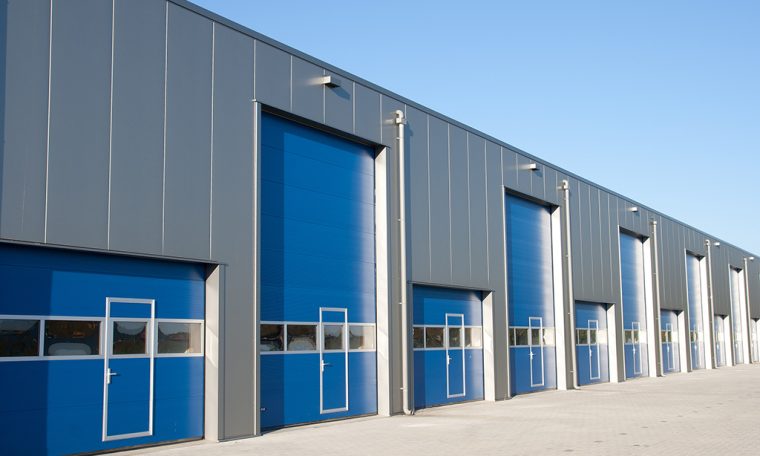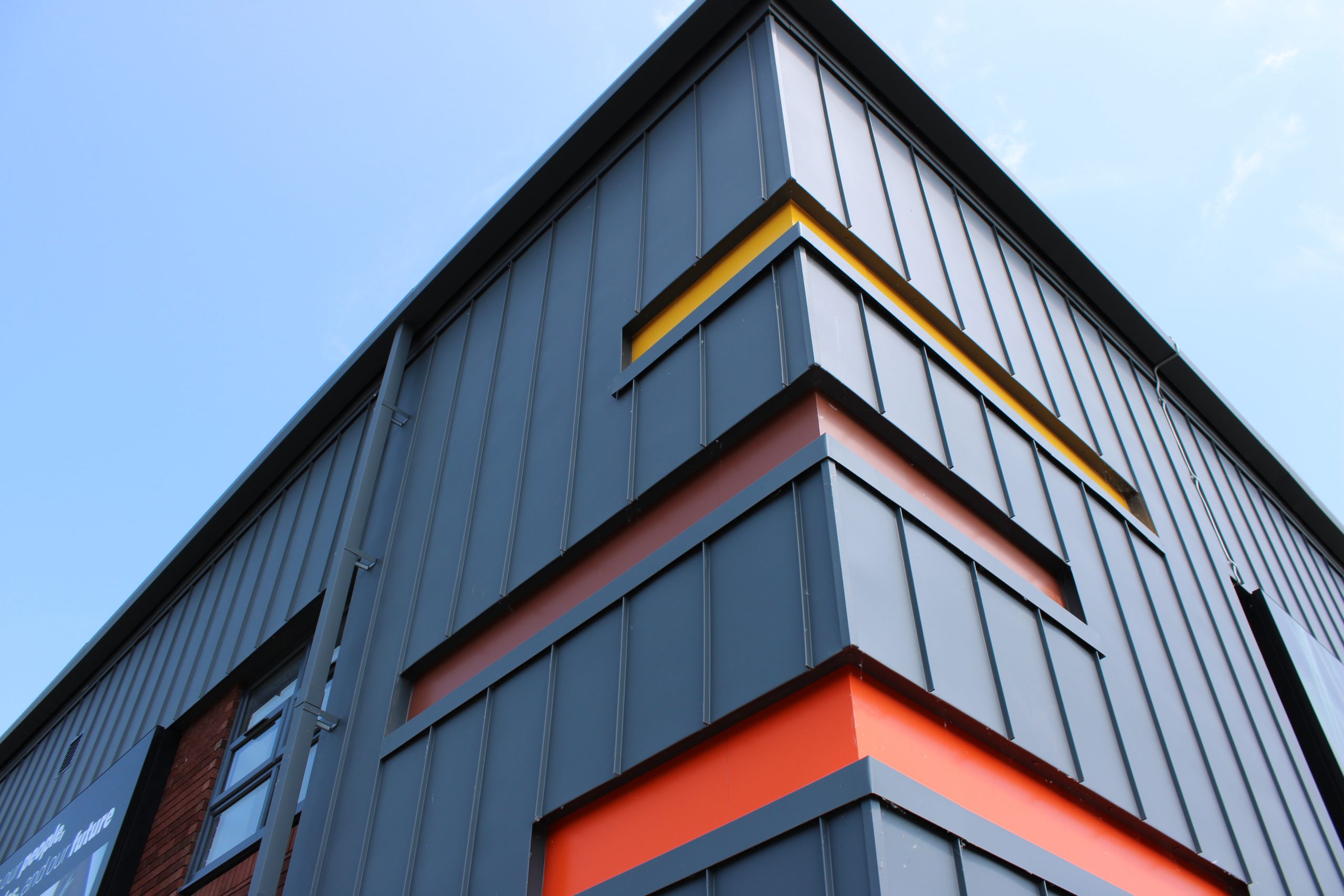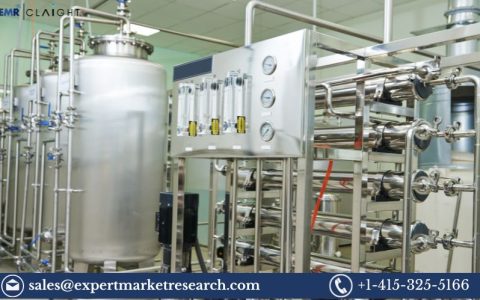
The practice of covering a commercial building’s external or interior walls with different materials for both practical and decorative reasons is known as commercial wall cladding. Metals (such as steel or aluminium), wood, vinyl, composite panels, brick, stone, and other materials are among them. Protecting a building from the weather and improving its beauty are the main goals of wall cladding.
In terms of functionality, it provides weather resistance and durability, protecting buildings from wind, rain, UV radiation, and temperature changes. Because of this protection, the building will last longer and require less upkeep. Wall cladding enhances the building’s architectural style and visual attractiveness by providing a variety of design alternatives. Additionally, it helps with insulation, which reduces heat transmission and increases energy efficiency.
Sturdiness and Resistance to Weather
Durability is a crucial feature of business wall covering, even above aesthetics. These materials shield the building from rain, wind, UV rays, and temperature changes because they are made to resist a variety of weather situations. Installing cladding correctly serves as a protection, increasing the structure’s lifespan and requiring less upkeep.
For example, composite cladding materials offer a strong defence against environmental stressors by combining the durability of polymers with the strength of metal. They are a great option for buildings in areas where severe weather is common because of their longevity.
Insulation and Energy Efficiency
Specialised cladding systems can also support further layers of insulation, which will increase the energy efficiency of the structure even more. This feature is very helpful for lowering a building’s carbon footprint and fulfilling green construction requirements.
Upkeep and Extended Cost Savings
Compared to conventional external treatments like paint or stucco, commercial wall cladding requires less upkeep. The long-lasting materials used in cladding systems frequently have a lengthy lifespan and only need occasional, simple cleaning. Consequently, over the building’s lifetime, property owners might save a significant amount on maintenance expenses.
Utilisation and versatility
Developments in cladding technology have produced customisable solutions, allowing architects to include distinctive patterns, hues, and textures that complement the idea for a particular structure. The exceptional adaptability of commercial wall cladding is seen in the variety of materials, styles, and uses it may be used for. Because of its versatility, it may be used for a wide range of architectural objectives and styles, from clean, contemporary facades to more conventional, rustic looks.
Cladding can be made of a wide range of materials, such as composite panels for durability, natural elements like stone or wood for a traditional feel, or metals like steel or aluminium for a more contemporary appearance. Because of this variety, designers and architects have a great deal of freedom to play with patterns, colours, and textures to achieve the desired aesthetics.
Creativity in Design and Practicality
The development of wall cladding materials and techniques will surely lead to future breakthroughs, promoting both creativity in design and the practicality of building exteriors, as sustainability and innovation continue to alter the construction sector. Accepting these advancements guarantees that business spaces satisfy the needs of an efficient and sustainable future in addition to having a visually arresting appearance.
Uses of Commercial Kitchen Wall Cladding
Wall cladding in commercial kitchens is essential for preserving hygienic conditions, durability, and safety in areas where food is prepared. Its main objective is to provide a barrier that protects the walls from heat, moisture, grease, and other common contaminants found in kitchens.
In food service environments, hygiene is of utmost importance. Wall cladding in commercial kitchens offers a seamless, non-porous surface that is simple to clean and sanitise. Because they don’t grow bacteria and can endure frequent cleanings without degrading, materials like PVC and stainless steel are frequently utilised.
Additionally, kitchen wall cladding makes a big difference in adhering to health and safety laws. By preventing the formation of germs, mould, and mildew, it ensures the manufacture of safe and uncontaminated food and produces a hygienic environment.
It additionally acts as a barrier to guard the underlying walls from heat, oil, and water damage. In the long run, this lowers maintenance expenses and prolongs the walls’ lifespan.
All things considered, using commercial kitchen wall cladding ensures a hygienic, secure, and productive work environment a must for adhering to strict health regulations and guaranteeing the seamless functioning of food preparation rooms in commercial settings.




